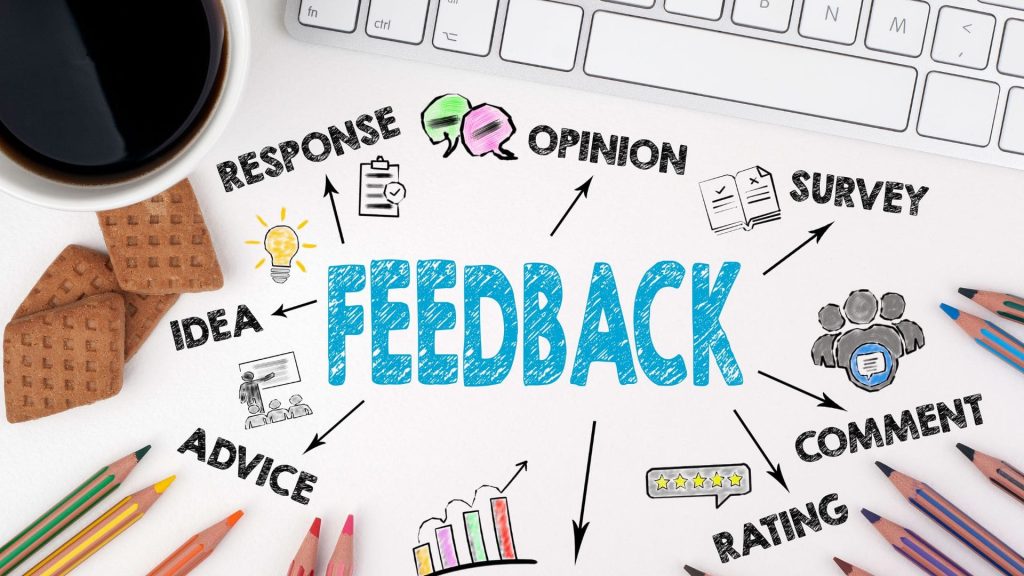
What Does Inclusive Leadership Mean? Why is It Important in the Workplace?
Hey guys! Today, I want to talk to you about a concept: Inclusive Leadership! This is not just a fancy word used in the modern business world but is a fundamental approach that can transform workplaces for better productivity.
You might have heard this term thrown around in discussions about diversity and improving workplace culture, but what does it mean? And why should we care about it? Let’s dive into the details of this topic together.
What is Inclusive Leadership?
Inclusive leadership is about creating an environment where everyone feels valued and respected, regardless of background, identity, or role. Imagine a workplace where your ideas are heard and appreciated, you feel like you belong, and you can bring your whole self to work without fear of being judged or marginalized. That’s the core concept of inclusive leadership.
As an inclusive leader, you don’t just tolerate diversity but must celebrate it. You actively seek out different perspectives and encourage open communication. It’s about recognizing the unique contributions each person can make and promoting a culture of mutual respect and understanding.
Inclusive leadership involves:
- Self-awareness: Understanding your own biases and working to overcome them.
- Empathy: Putting yourself in others’ shoes to understand their experiences and challenges.
- Cultural Intelligence: Being aware of and respectful towards different cultural practices and perspectives.
- Collaboration: Encouraging teamwork and ensuring that all voices are heard and considered.
- Commitment to Fairness: Ensuring equitable treatment and opportunities for all employees.
Why is Inclusive Leadership Important?
Now, why is inclusive leadership so crucial? Here are some important reasons:
- Promotes Innovation and Creativity
When people from diverse backgrounds come together, they bring various perspectives and ideas. This diversity of thought can lead to innovative solutions and creative approaches that a more homogenous team might need to consider. Inclusive leaders create a safe space for these ideas to be shared and explored.
- Improves Employee Engagement and Retention
Employees who feel included and valued are likelier to be engaged and motivated. They’re also more likely to stay with the company. High levels of engagement and retention can lead to better performance, lower turnover costs, and a more stable workforce.
- Enhances Team Performance
Inclusive teams often perform better by drawing on various experiences and skills. When everyone feels their contributions are valued, they’re more likely to collaborate effectively and strive towards common goals.
- Builds a Positive Company Reputation
Companies known for their inclusive practices attract top talent and enjoy better customer loyalty. People want to work for and do business with organizations that reflect their values and treat people fairly.
- Reduces Conflict and Improves Workplace Culture
Inclusive leaders can reduce conflicts related to misunderstandings or biases by promoting an environment of respect and understanding. This creates a more harmonious and productive workplace culture.
How Can You Practice Inclusive Leadership? 8 Helpful Strategies!
If you’re committed to becoming an inclusive leader, here are some practical steps to make a meaningful impact.
- Educate Yourself
Start by educating yourself about the various dimensions of diversity, including race, gender, age, sexual orientation, disability, and cultural background. Understanding these different aspects will help you appreciate the unique experiences and challenges your team members might face.
Stay updated on current issues and trends related to diversity and inclusion. Read books, attend workshops, and follow thought leaders in this field. Continuous learning will keep you informed and better equipped to handle diverse perspectives.
- Develop Self-Awareness
We all have unconscious biases that can influence our decisions and interactions. Take the time to identify your biases through self-reflection or tools like implicit association tests. Understanding your biases is the first step toward mitigating their impact.
Encourage your team to provide honest feedback about your leadership style and its inclusivity. Use this feedback to identify areas for improvement and understand how others perceive your actions.
- Encourage Dialogue
Create a safe space for team members to share their thoughts and experiences. Encourage open and honest conversations about diversity, inclusion, and equity. Make it clear that all opinions are valued and respected.
Practice active listening by giving your full attention to the speaker, acknowledging their points, and responding thoughtfully. This shows that you value their input and are willing to consider different perspectives.
- Promote Fairness and Equity
Ensure that all employees have equal access to opportunities for growth and development. This includes training, mentorship, and promotions. Be transparent about how decisions are made to avoid any perceptions of favoritism or bias.
Review and revise workplace policies to ensure they promote fairness and inclusivity. This might include flexible working arrangements, parental leave, and anti-discrimination policies.
- Lead by Example
Demonstrate inclusive behavior in your daily interactions. Show respect, empathy, and fairness to all team members. Your actions set the tone for the rest of the team and signal your commitment to inclusion. Hold yourself accountable for setting an inclusive environment. Regularly assess your progress and make adjustments as needed. Consider setting specific, measurable goals related to diversity and inclusion.
- Support Diverse Teams
Actively seek to build diverse teams that bring various perspectives and experiences. This diversity can drive innovation and creativity, leading to better problem-solving and decision-making.
Ensure that decision-making processes are inclusive and consider input from all team members. This might involve seeking out quieter voices or those who may only sometimes speak up in meetings.
- Recognize Contributions
Acknowledge and celebrate the unique contributions of each team member. Regularly highlight achievements and milestones, ensuring that everyone feels valued and appreciated.
Celebrate cultural events and holidays to recognize the diverse backgrounds of your team. This can promote a sense of belonging and show that you appreciate and respect their heritage.
- Provide Development Opportunities
Offer training and development programs focused on diversity and inclusion. This can help all team members, including leaders, build the skills and knowledge needed to create an inclusive environment.
Implement mentorship programs that support underrepresented groups. Pairing employees with mentors can provide guidance, support, and opportunities for career advancement.
- Measure and Improve
Establish clear goals and metrics for diversity and inclusion. Regularly track your progress and use data to identify areas for improvement. This can help you stay focused and accountable. Treat inclusive leadership as an ongoing journey. Regularly assess your strategies and make necessary adjustments. Seek out new ideas and best practices to continually enhance your approach.
More Articles to Read
Inclusive leadership isn’t just something fancy you talk about in meetings or presentations; it’s a must-have skill in today’s competitive work environment. By promoting an inclusive culture, you can unleash the full potential of your team, drive innovation, and create a workplace where everyone feels that they belong. So, work on your inclusive leadership skills and work with your team to build a more inclusive future.
By focusing on open communication, finding common ground, developing emotional intelligence, implementing conflict resolution techniques, and promoting a positive environment you can transform conflicts into opportunities for learning and improvement.
You need to understand that rather than fearing conflict, we can learn to resolve it with resilience and creativity. This would ultimately lead to stronger relationships and a more positive & productive workplace.




